Decades after their introduction, there are still a lot of misconceptions about graphite iron shafts — especially when it comes to the question of who graphite iron shafts are for and how they can help a golfer’s game.
This video breaks down the origins of these misconceptions to help golfers understand the truth about graphite shafts. It also offers some great tips for club builders who are building with graphite iron shafts for the first time.
- LIKE30
- LEGIT2
- WOW0
- LOL0
- IDHT0
- FLOP0
- OB0
- SHANK5
Equipment
Why Rory McIlroy will likely use the new TaylorMade BRNR Mini Driver Copper at the RBC Heritage
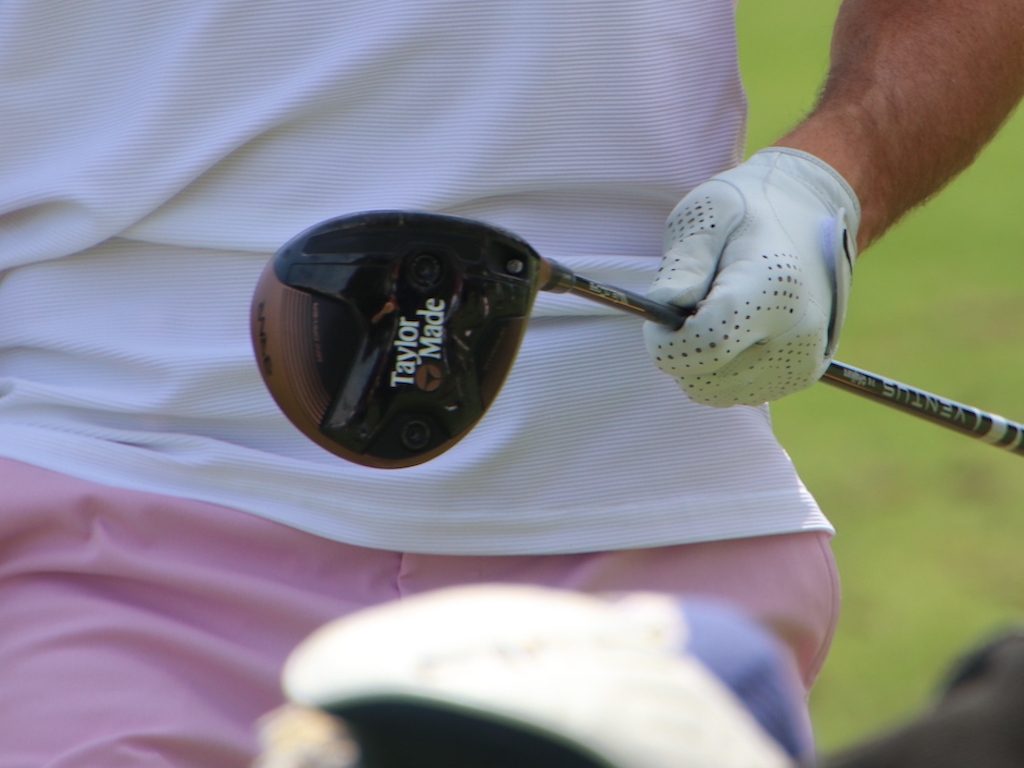
Although we spotted Rory McIlroy testing the new TaylorMade BRNR Mini Driver Copper last week during practice rounds at the Masters, he ultimately didn’t decide to use the club in competition.
It seems that will change this week at the 2024 RBC Heritage, played at the short-and-tight Harbour Town Golf Links in Hilton Head.
When asked on Wednesday following his morning Pro-Am if he’d be using the new, nostalgic BRNR Copper this week, McIlroy said, “I think so.”
“I like it,” McIlroy told GolfWRX.com on Tuesday regarding the BRNR. “This would be a good week for it.”
View this post on Instagram
According to Adrian Rietveld, the Senior Manager of Tour at TaylorMade, the BRNR Mini Driver can help McIlroy position himself properly off the tee at the tight layout.
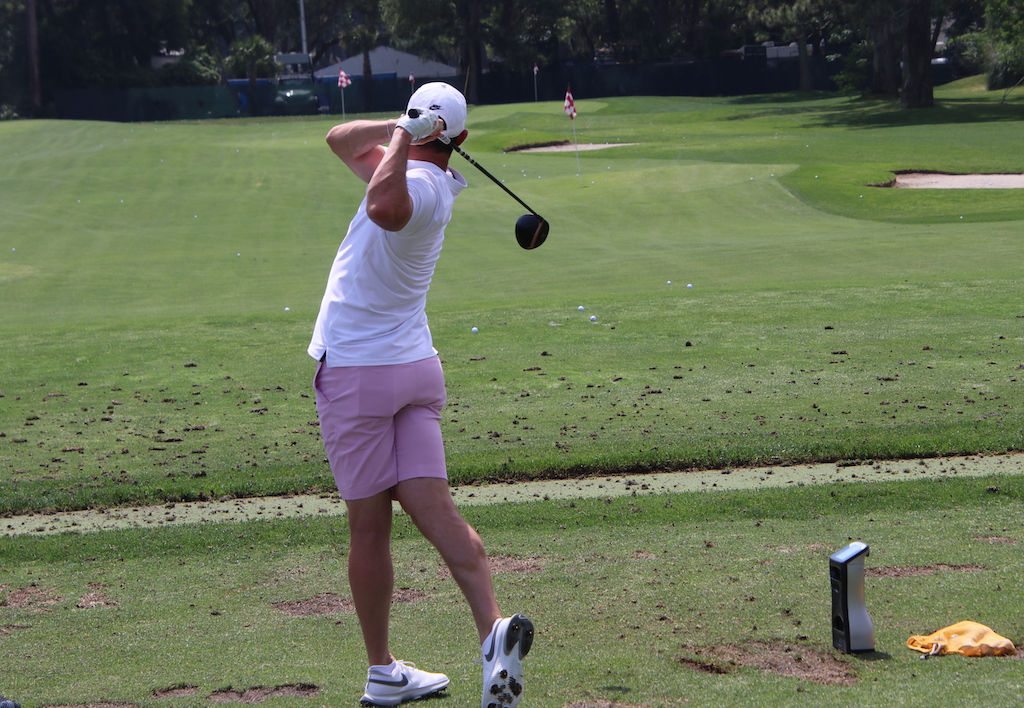
Here’s what Rietveld told GolfWRX.com on Wednesday:
“For someone like Rory, who’s that long at the top end of the bag, and then you put him on a course like Harbour Town, it’s tough off the tee. It’s tight into the greens, and you have to put yourself in position off the tee to have a shot into the green. It kind of reminds me of Valderrama in Spain, where you can be in the fairway and have no shot into the green.
“I’m caddying for Tommy [Fleetwood] this week, so I was walking the course last night and looking at a few things. There’s just such a small margin for error. You can be standing in the fairway at 300 yards and have a shot, but at 320 you don’t. So if you don’t hit a perfect shot, you could be stuck behind a tree. And then if you’re back at 280, it might be a really tough shot into the small greens.
“So for Rory [with the BRNR], it’s a nice course-specific golf club for him. He’s got both shots with it; he can move it right-to-left or left-to-right. And the main thing about this club has been the accuracy and the dispersion with it. I mean, it’s been amazing for Tommy.
“This was the first event Tommy used a BRNR last year, and I remember talking to him about it, and he said he couldn’t wait to play it at Augusta next year. And he just never took it out of the bag because he’s so comfortable with it, and hitting it off the deck.
“So you look at Rory, and you want to have the tools working to your advantage out here, and the driver could hand-cuff him a bit with all of the shots you’d have to manufacture.”
So, although McIlroy might not be making a permanent switch into the new TaylorMade BRNR Mini Driver Copper, he’s likely to switch into it this week.
His version is lofted at 13.5 degrees, and equipped with a Fujikura Ventus Black 7X shaft.
See more photos of Rory testing the BRNR Mini here
- LIKE15
- LEGIT0
- WOW0
- LOL1
- IDHT0
- FLOP0
- OB0
- SHANK2
Equipment
Spotted: TaylorMade P-UDI driving iron
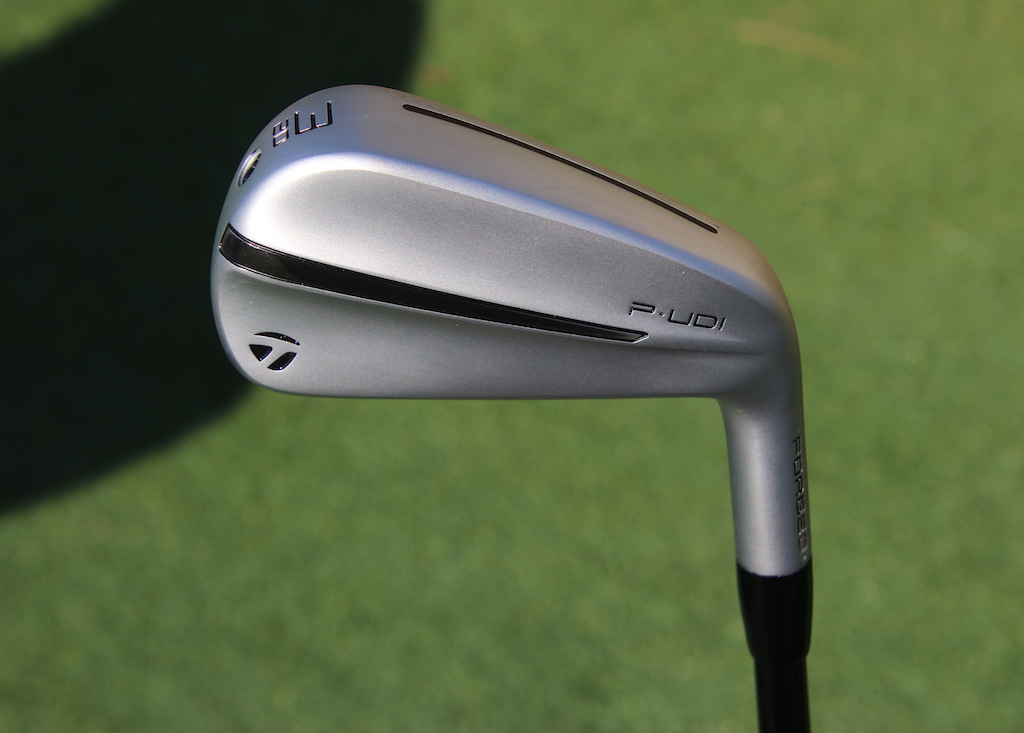
It seems like the RBC Heritage is full of new gear to be spotted, and you can add TaylorMade’s P-UDI utility irons to that list.
We spotted a 17-degree P-UDI 2-iron in Nick Dunlap’s bag yesterday, and now have some photos of both the 3- and 4-irons. Nick has his P-UDI 2-iron setup with a Project X HZRDUS Black 4th Gen 105g TX shaft.
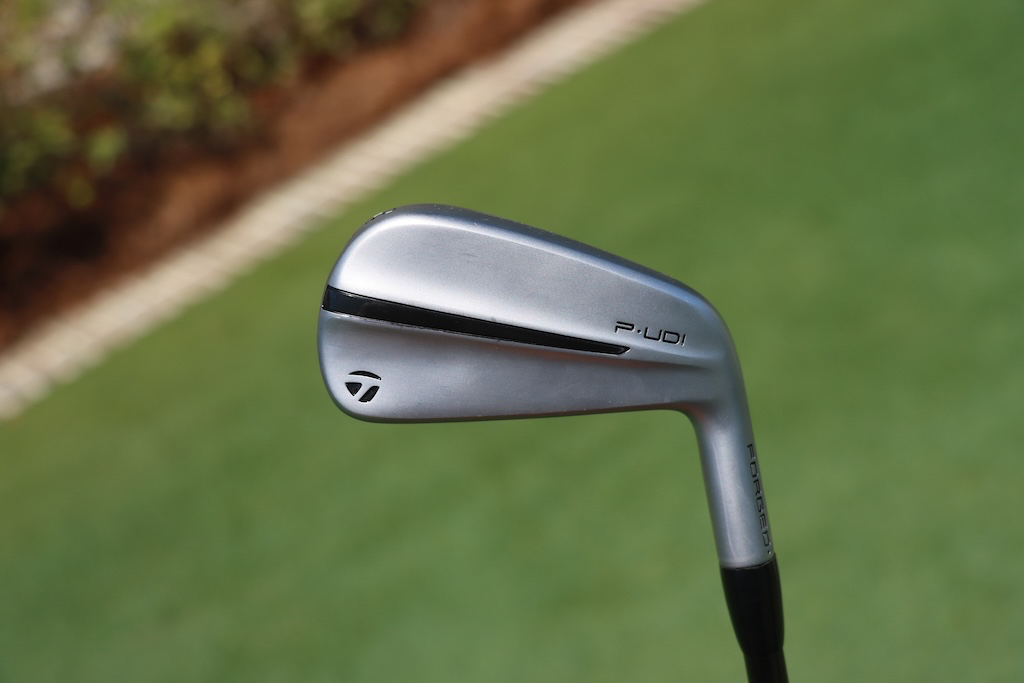
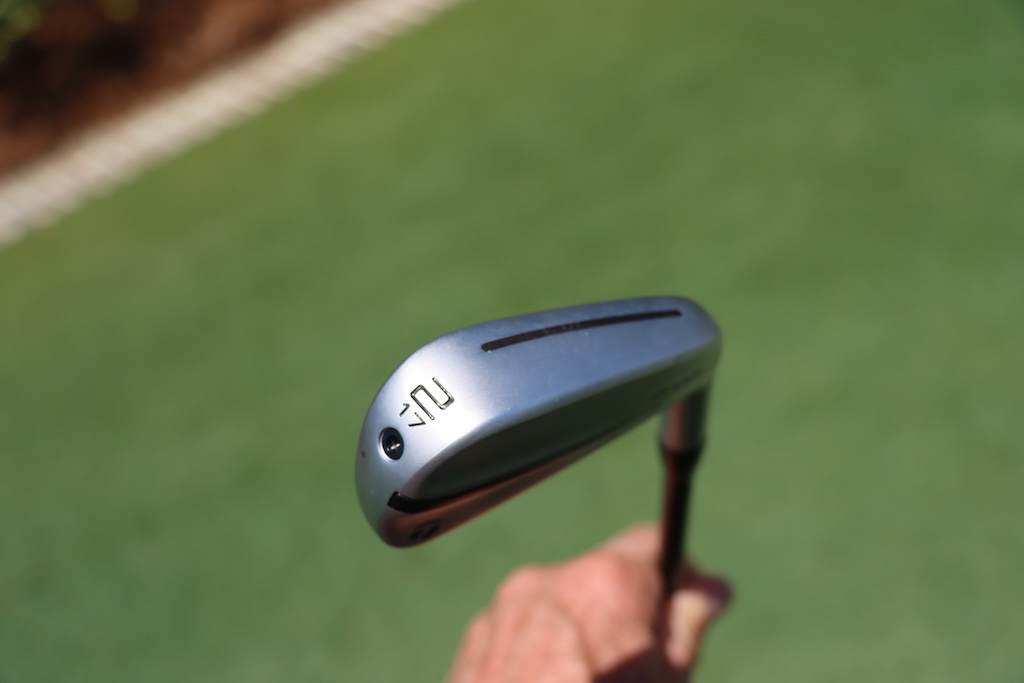
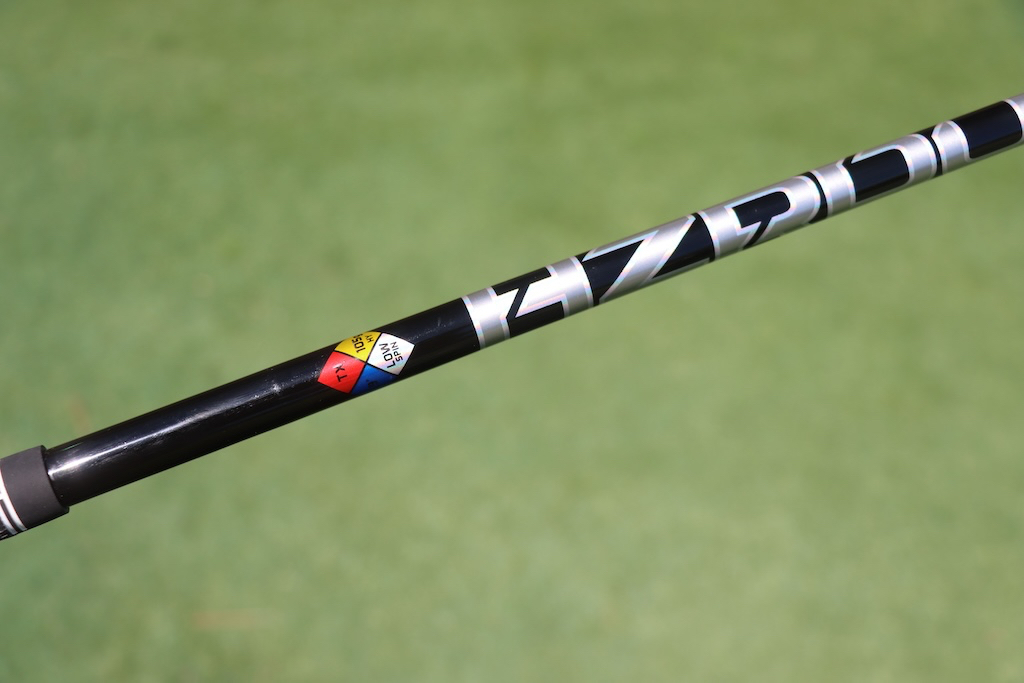
From what we can tell, this new P-UDI utility iron looks to have some of the usual TaylorMade technology as we can see the Speed Slot on the sole of the club for additional face flexibility. A toe screw is usually used to close off the hollow body design that will probably be filled with a version of TaylorMade’s Speed Foam that is present in the current iron lineup. This hollow body, foam-filled design should offer additional ball speed, soft feel, and sound, as well as an optimized CG for ball flight.
“Forged” is etched into the hosel, so we can assume that either the face, body, or both are forged for a soft and responsive feel. The club looks good from behind and at address, where we can see just a little offset and a topline that I would consider medium thickness. We don’t have the full details on what is under the hood or how many loft options will be available yet.
TaylorMade P-UDI 3-iron – 20°
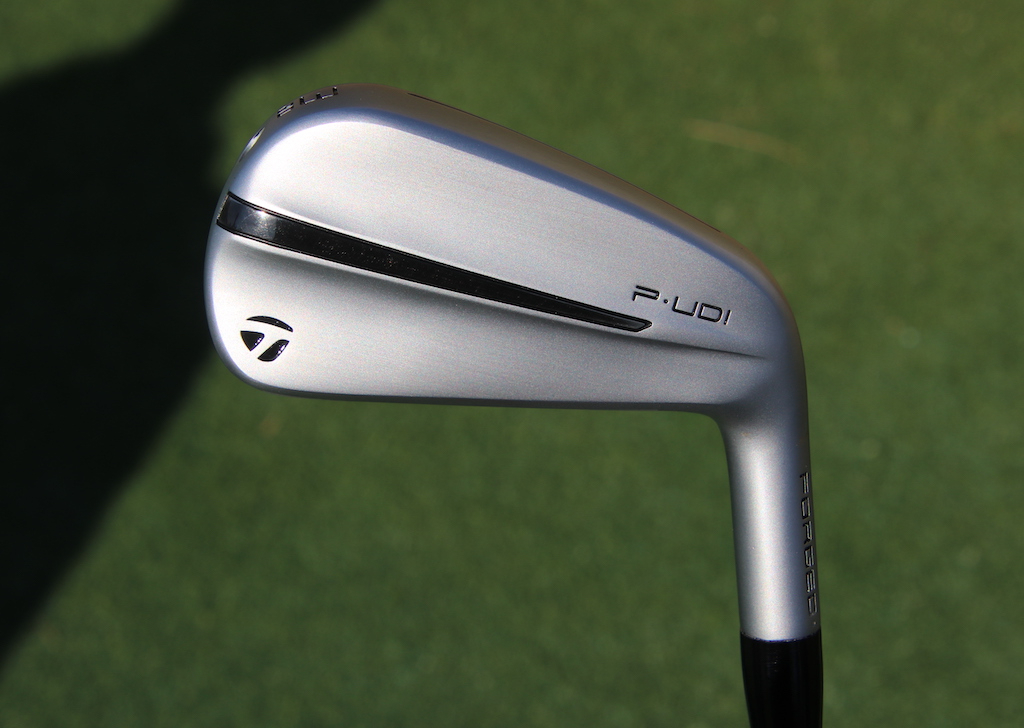
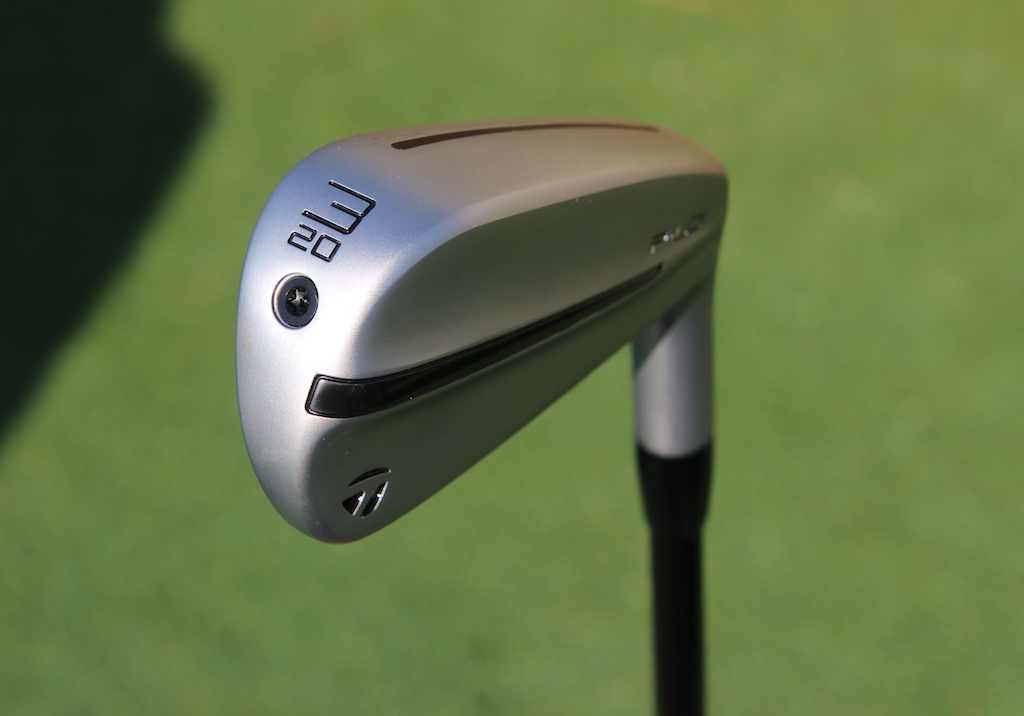
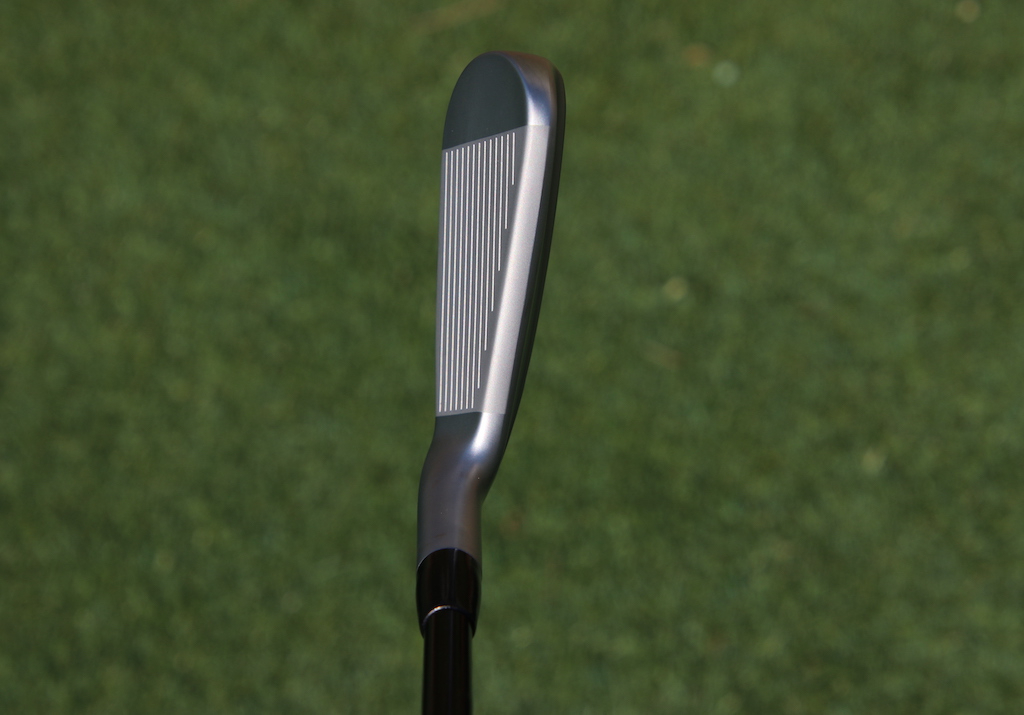
TaylorMade P-UDI 4-iron – 22°
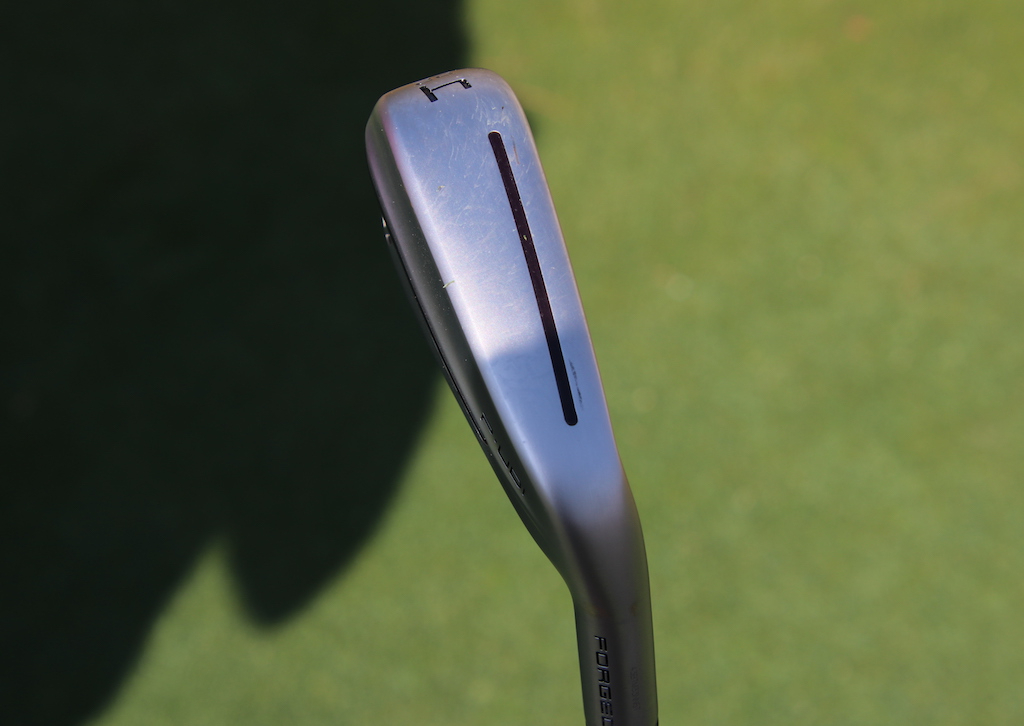
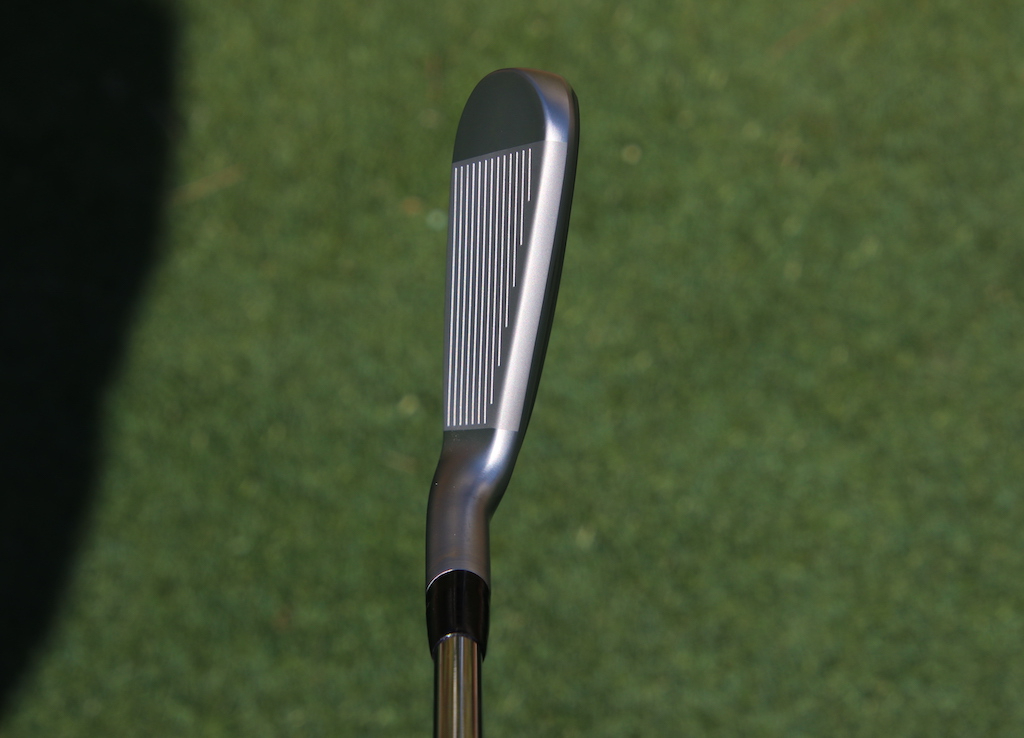
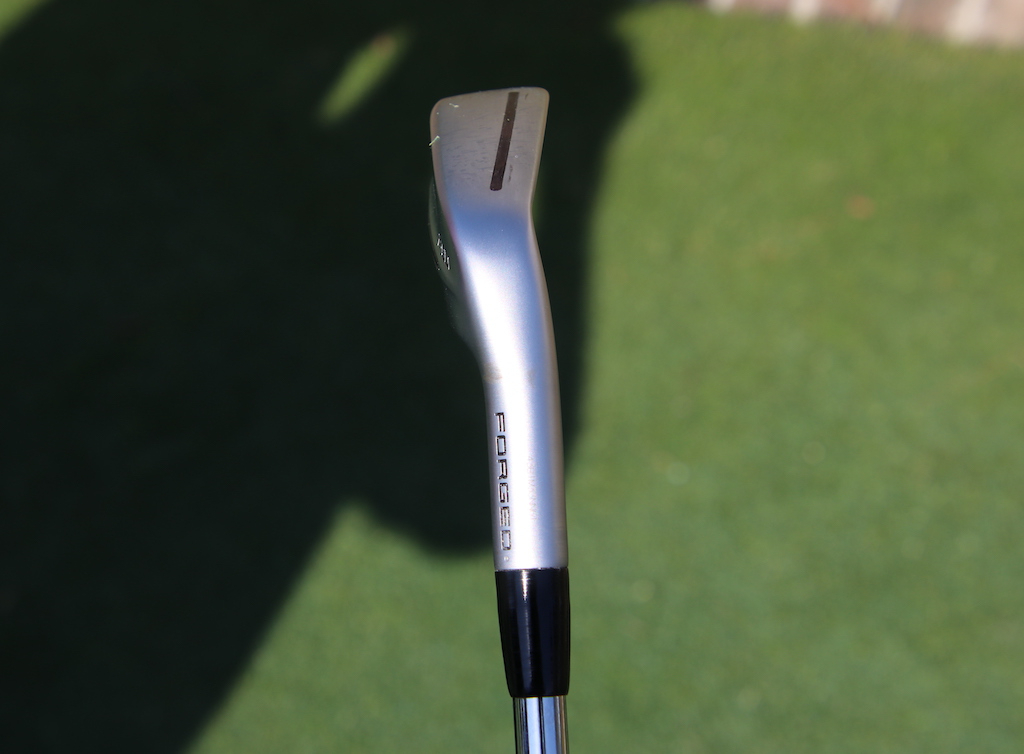
- Check out the rest of our photos from the 2024 RBC Heritage
- LIKE12
- LEGIT1
- WOW2
- LOL0
- IDHT0
- FLOP1
- OB0
- SHANK1
Whats in the Bag
Collin Morikawa WITB 2024 (April)
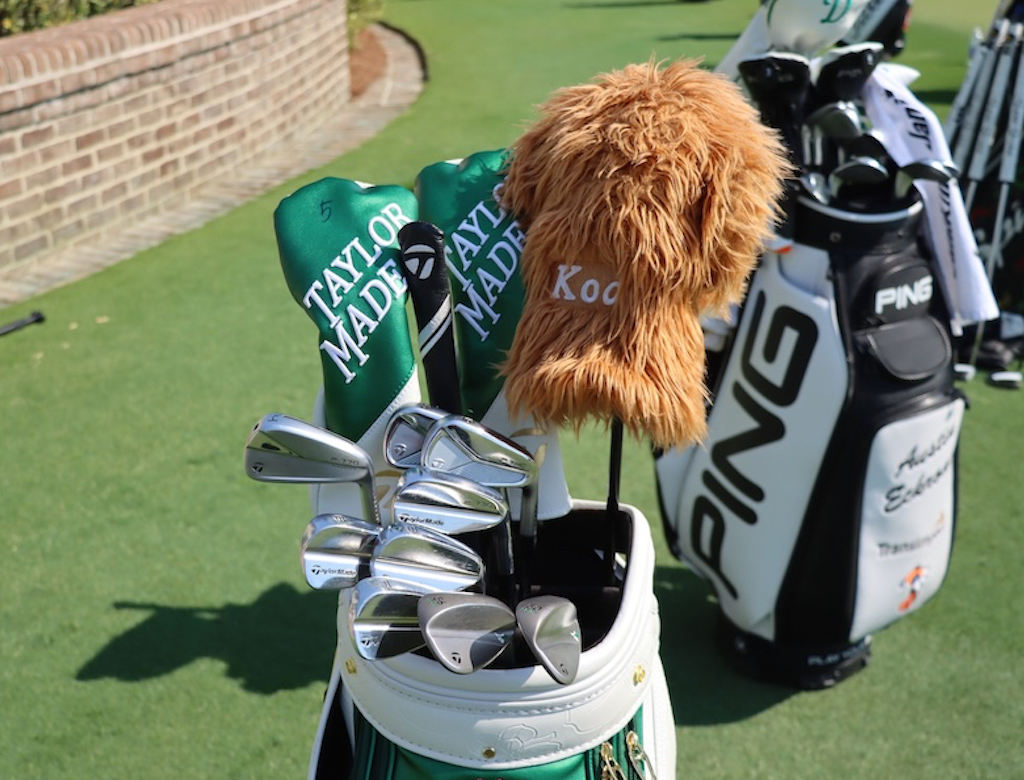
- Collin Morikawa what’s in the bag accurate as of the RBC Heritage. More photos from the event here.
Driver: TaylorMade Qi10 LS (9 degrees)
Shaft: Mitsubishi Diamana D+ Limited 60 TX (45 inches)
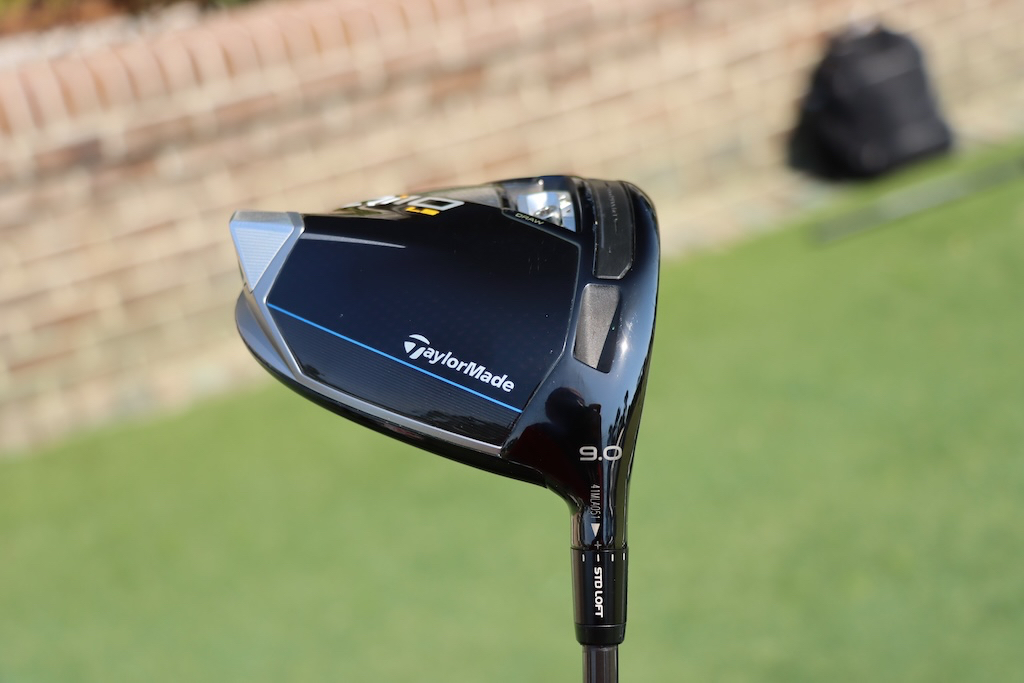
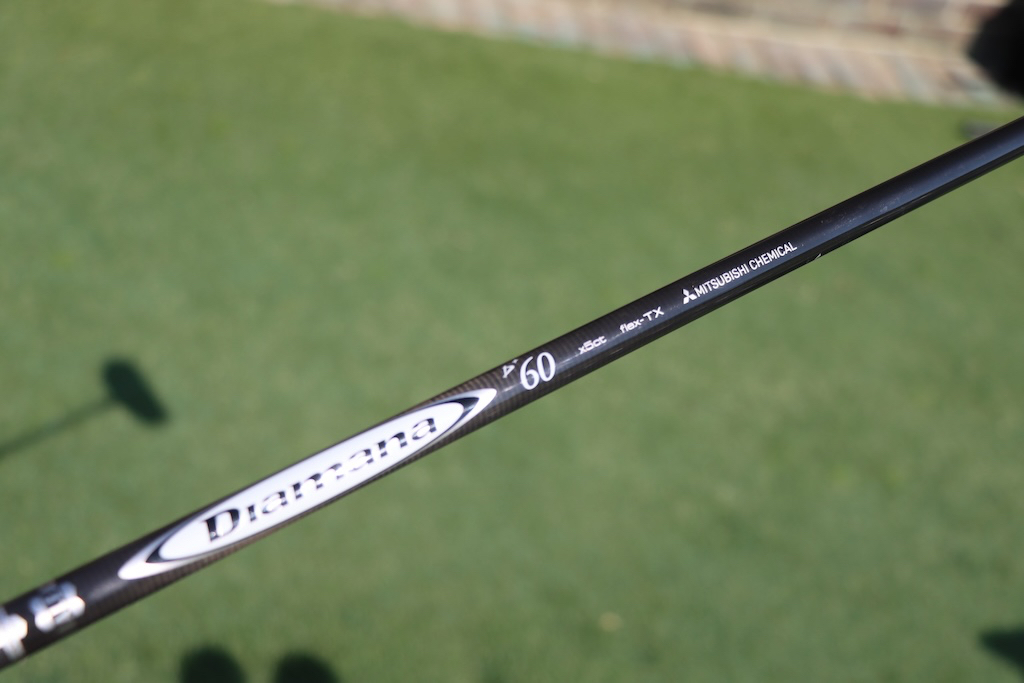
3-wood: TaylorMade Qi10 (13.5 degrees)
Shaft: Mitsubishi Diamana D+ Limited 80 TX
5-wood: TaylorMade Qi10 (18 degrees)
Shaft: Mitsubishi Diamana D+ Limited 80 TX
Irons: TaylorMade P770 (4), P7MC (5-6), P730 (7-PW)
Shafts: True Temper Dynamic Gold Tour Issue Mid 115 X100 (4-6), True Temper Dynamic Gold Tour Issue X100 (7-PW)
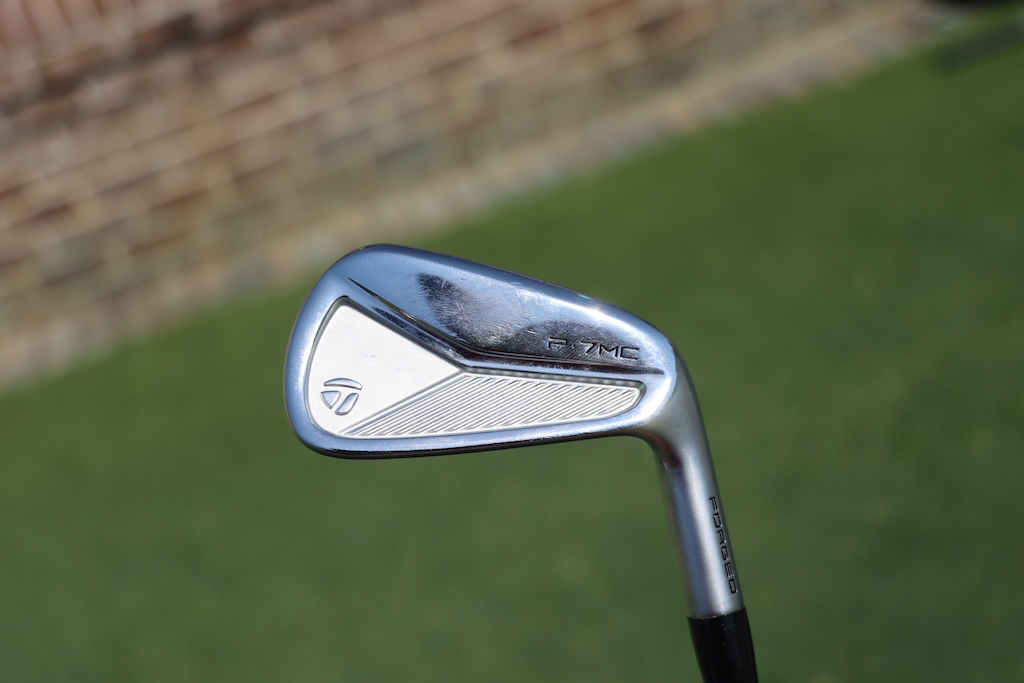
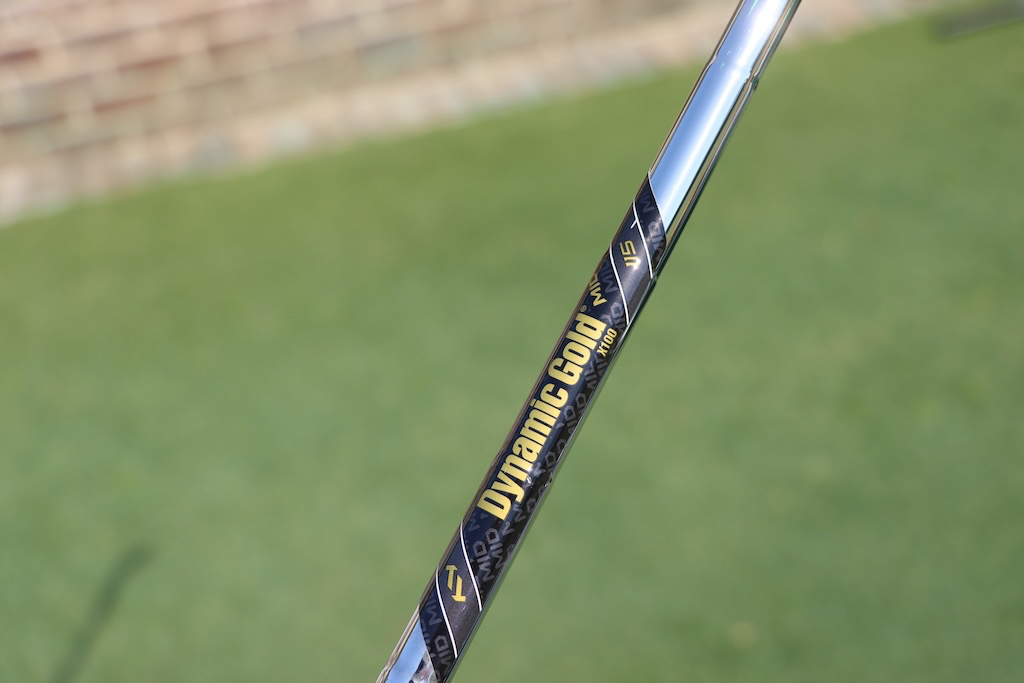
Wedges: TaylorMade MG4 (50-SB09, 56-LB08), TaylorMade MG4 TW (60-TW11)
Shafts: True Temper Dynamic Gold Tour Issue S400
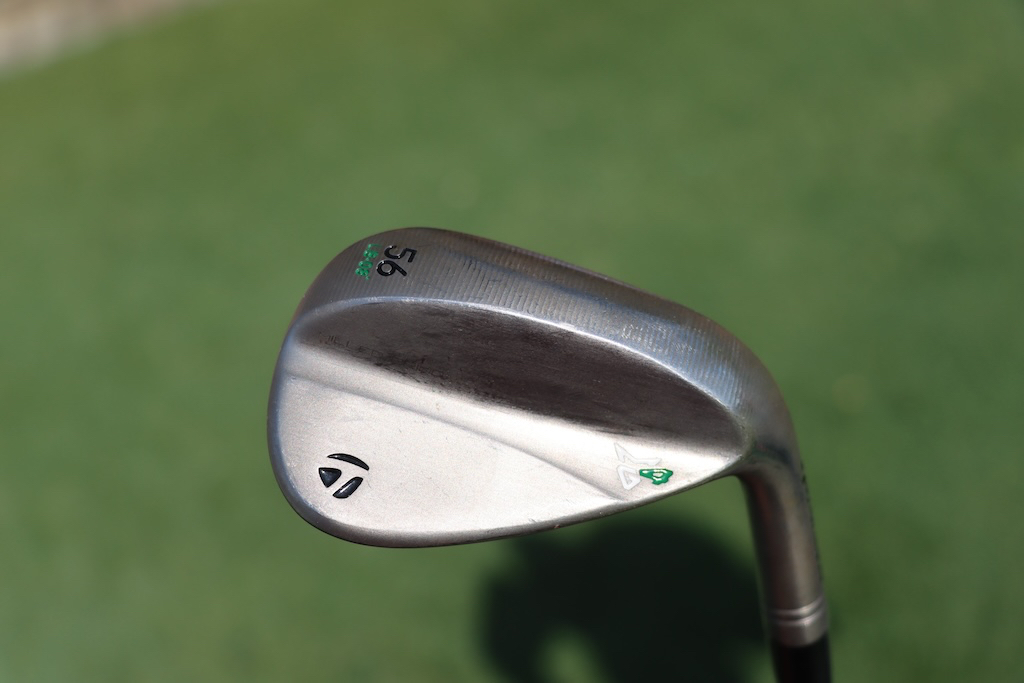
Putter: TaylorMade TP Soto
Grip: SuperStroke Zenergy Tour 2.0
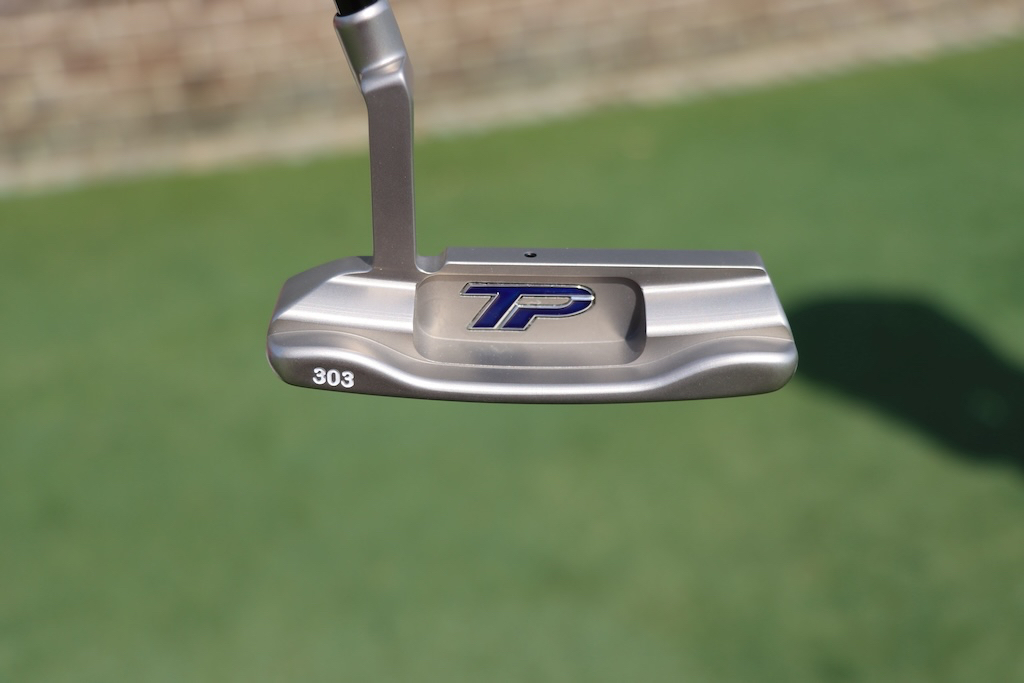
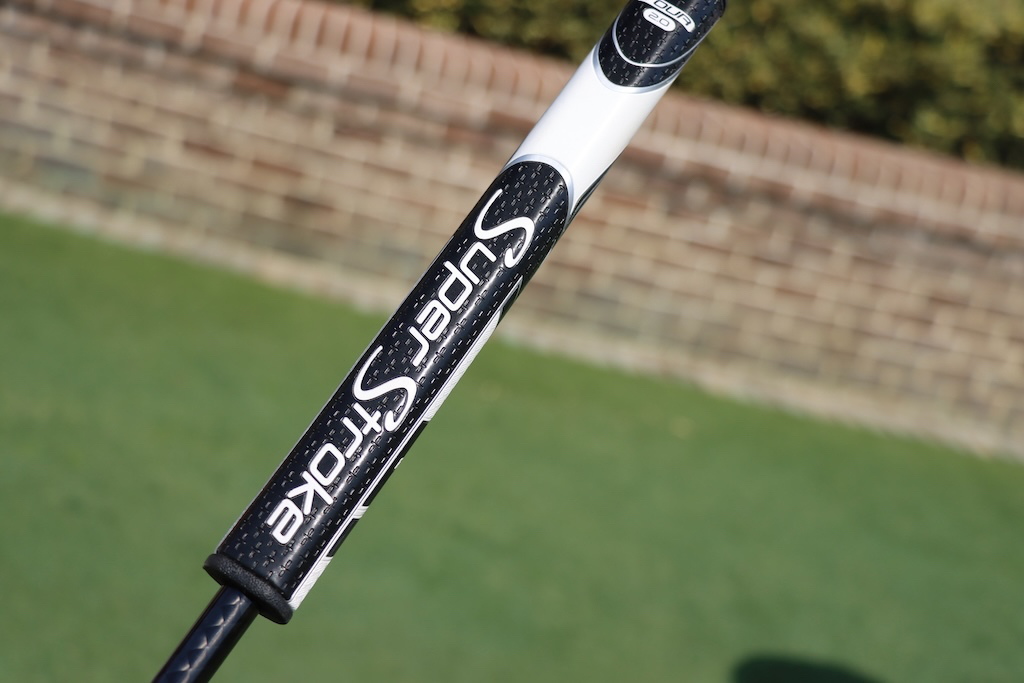
Grips: Golf Pride Z-Grip Cord
Ball: TaylorMade TP5x
- LIKE4
- LEGIT0
- WOW1
- LOL0
- IDHT0
- FLOP0
- OB0
- SHANK1
-

 19th Hole1 week ago
19th Hole1 week agoDave Portnoy places monstrous outright bet for the 2024 Masters
-

 19th Hole2 weeks ago
19th Hole2 weeks agoThings got heated at the Houston Open between Tony Finau and Alejandro Tosti. Here’s why
-

 19th Hole1 week ago
19th Hole1 week agoTiger Woods arrives at 2024 Masters equipped with a putter that may surprise you
-

 19th Hole2 weeks ago
19th Hole2 weeks agoReport: Tiger Woods has ‘eliminated sex’ in preparation for the 2024 Masters
-

 19th Hole3 days ago
19th Hole3 days agoTwo star names reportedly blanked Jon Rahm all week at the Masters
-

 19th Hole3 days ago
19th Hole3 days agoNeal Shipley presser ends in awkward fashion after reporter claims Tiger handed him note on 8th fairway
-

 19th Hole2 weeks ago
19th Hole2 weeks agoAddiction, spinal fusion, and scam artists – Everything Anthony Kim revealed in candid interview with David Feherty
-

 19th Hole2 weeks ago
19th Hole2 weeks agoAnthony Kim says doctors told him that he ‘may not have much time left’ ahead of LIV return











Johnny Taylor
Jan 2, 2019 at 8:39 pm
Ryan,
Looking for a graphite shafts for irons in the 80-110 gram weight range. What would you recommend that for performance and feel at a reasonable price?
Johnny
jimmy
Mar 14, 2018 at 10:20 pm
Graphite shafts have been on the market for over 30 years and they still haven’t engineered out the problems inherent with them. The only reason they still exist is cause they can bring out new models with fancy eye-catching new graphics annually…. to suck in the gullible gearheads.
WA
Mar 14, 2018 at 12:46 am
If this guy wasn’t a club builder he would be working at a quickie lube joint.
Ignat
Mar 14, 2018 at 5:08 pm
huh ????
frank irwin
Mar 13, 2018 at 7:19 pm
What type of tip weights do you recommend using for graphite shafts?
Ryan B
Mar 13, 2018 at 7:53 pm
I have found that these work quite well because you lose minimal insertion depth:
https://www.hirekogolf.com/7-5g-weight-plug-for-graphite-wood-iron-shaft.html
Max
Mar 13, 2018 at 5:25 pm
Love the steelfibers and recoils. Looking forward to try the Mitsubishi Thump’s and Ot’s. Driver speed: 108-110 mph.
Love the feel of graphite. Pure strikes feel better.
jimmy
Mar 14, 2018 at 10:17 pm
you obviously lie like a gearheaded duffer… sooo obvious
steve
Mar 13, 2018 at 4:16 pm
The best graphite shaft on the market is the $1200 Seven Dreamer shafts that are cured in an autoclave which drains out the plastic epoxy component to a minimum. All the other graphite shafts are oven-cured which leaves in the compromising epoxy plastic that causes the floppy soggy shaft tip inconsistent action.
Save your money for the superior Seven Dreamer graphite shafts, boys.
steve
Mar 13, 2018 at 4:18 pm
FYI here’s the link to the Seven Dreamers GolfWRX article:
http://www.golfwrx.com/489200/a-qa-with-seven-dreamers-about-its-1200-shafts/
KevinS
Mar 13, 2018 at 3:46 pm
Just a couple comments. I’m an “older” golfer and club tinkerer and I have to take exception with your point that firm or stiff graphite shafts for irons weren’t really available “back in the day.” They were. You just had to search more for them, high and low. Back in the early ’90s, I reshafted a set of Ram Laser FX irons with models called “Superior Graphite Shafts” by Norman Sports Company — stiff or firm flex. The reshafting, which I did myself, was fairly successful for an amateur, but as you mentioned, I had to end up applying lead tape to the backplate of many. Some not at all (PW); some a little (7 or 8 iron), some a lot (6 iron). Still don’t know today why they all came out so different in swingweight. Also, because of the overall weight and swingweight, I left the reshafted clubs a half-inch longer than the steel counterparts. I still use these clubs from time to time, but ended up abandoning them eventually, not because of the graphite shafts, but because of the Ram Laser’s sharp(er) leading edge and relatively flat sole. Somebody told me I could also grind down the leading edge, but I had fooled around with them enough. I still take them out and use them and like them and would compare the flex comparable with my Hogan Apex shafts #4, albeit lighter. To this day I still have not swung or hit any graphite shafted irons with shafts that feel as firm as the ones I installed in the early 90s. I know they exist; I just haven’t experienced them, even those marked “S.” These cavity-back forged Ram irons with graphite shafts have always launched higher and flown higher, so I have much more difficulty hitting “flighted” or knock-down short-iron shots with them.
Ryan B
Mar 13, 2018 at 7:57 pm
HI Kevin,
Thanks for watching. You are correct that shafts were available but, like I said in the video – to the general consumer something like what you mention was not a very easy to find option for those who shopped at either their local proshop or golf store. This along with misinformed sales people lead to a lot of the misconceptions I talked about.
I really appreciate you watching the video and taking time to comment.
Cheers
steve
Mar 13, 2018 at 12:30 pm
The problem with graphite shaft are at the tip section where the epoxy-graphite matrix behaves like a floppy soggy piece of plastic spaghetti… unless heavily reinforced with exotic materials and even steel fibers.
Any pro using graphite in their irons has the shaft tips heavily reinforced with space age materials or metal strands to make the shaft tips behave predictably.
That was the problem with graphite shafts when introduced 40 years ago and the problems are still not solved. Floppy soggy plastic straws.
steve
Mar 13, 2018 at 4:37 pm
Furthermore, driver shaft tip diameters were boosted to 0.350″ from the old standard of 0.335″. This has a significant affect on tip torque. This increase was done to increase tip torque resistance on graphite shafts and to hopefully stabilize the tip as it twists and flexes.
FYI… torque resistance for a thin-walled tube varies as the cube of the diameter. Even though it’s only about a 5% diameter increase, the torque resistance is increased by ~13%. It still doesn’t solve the problem of floppy soggy graphite shaft tips. Only the Seven Dreamers shafts fix the problems.
George
Mar 13, 2018 at 7:52 pm
FYI stiff graphite shafts can be achieved without going to exotic fibres.
Defy you to compare Nunchuk Xi iron shafts against any of the ridiculously expensive exotics.
Patents on Nunchuk include the method of wrapping the graphite. Defy you to find a stiffer tip, by design, on the market. Virtually zero droop, twist or kick at impact.
Cheers
PS video on nventix.com, Dallas Texas
jimmy
Mar 14, 2018 at 10:15 pm
A shaft with zero droop, twist or kick at impact would be totally unplayable because it would eliminate the whipsnap necessary in final release going into impact. Such a shaft would reduce the swing to shovelling and injure your hands and wrists too.
Duncan Marc
Mar 13, 2018 at 11:39 am
If torque has nothing to do with accuracy, how can it be a factor? Contradictory statement.
Mat
Mar 13, 2018 at 4:22 pm
Torque is very important. Just make sure it is a low twist graphite. But ya, that statement was way, way off.
Ryan B
Mar 13, 2018 at 8:02 pm
Hi Duncan,
Thanks for watching the video.
What I mean when I talk torque is that it is not a deciding factor when it comes to accuracy. It is an aspect of design for engineers as far manufacturing goes, but the overall profile and weight will have a bigger impact.
Torque is really a byproduct of the overall design of the shaft and not the deciding factor as far as final accuracy goes.
Thanks for watching!
steve
Mar 13, 2018 at 9:01 pm
“torque” is imposed on the shaft tip by the eccentric clubhead attempting to dynamically align to the shaft axis in the downswing and through Release.
There is a “centrifugal” torque imposed by the clubhead that results in shaft droop; and, there is axial torque that is created by the eccentric CofG of the clubhead closing the driver face and the iron face if the leading edge is offset significantly.
Torque is most certainly a large factor in clubface accuracy at Impact.
George
Mar 14, 2018 at 8:02 am
FYI stiff graphite shafts can be achieved without going to exotic fibres.
Nunchuk Xi iron shafts compare against any of the ridiculously expensive exotics.
Patents on Nunchuk include the method of wrapping the graphite. Challenge you to find a stiffer butt and tip, by design, on the market. Virtually zero droop, twist or kick at impact.
Cheers
PS video on nventix.com, Dallas Texas